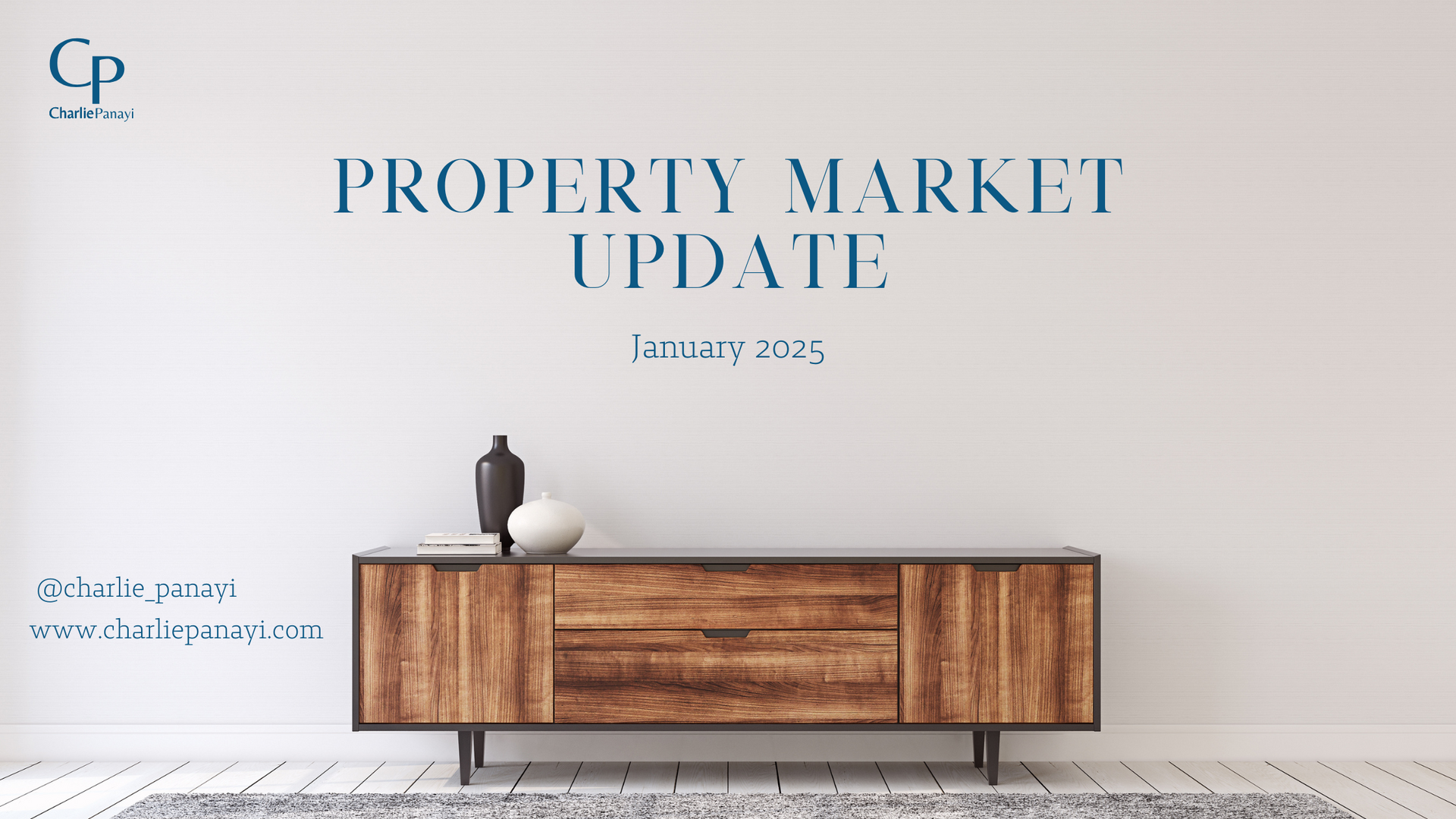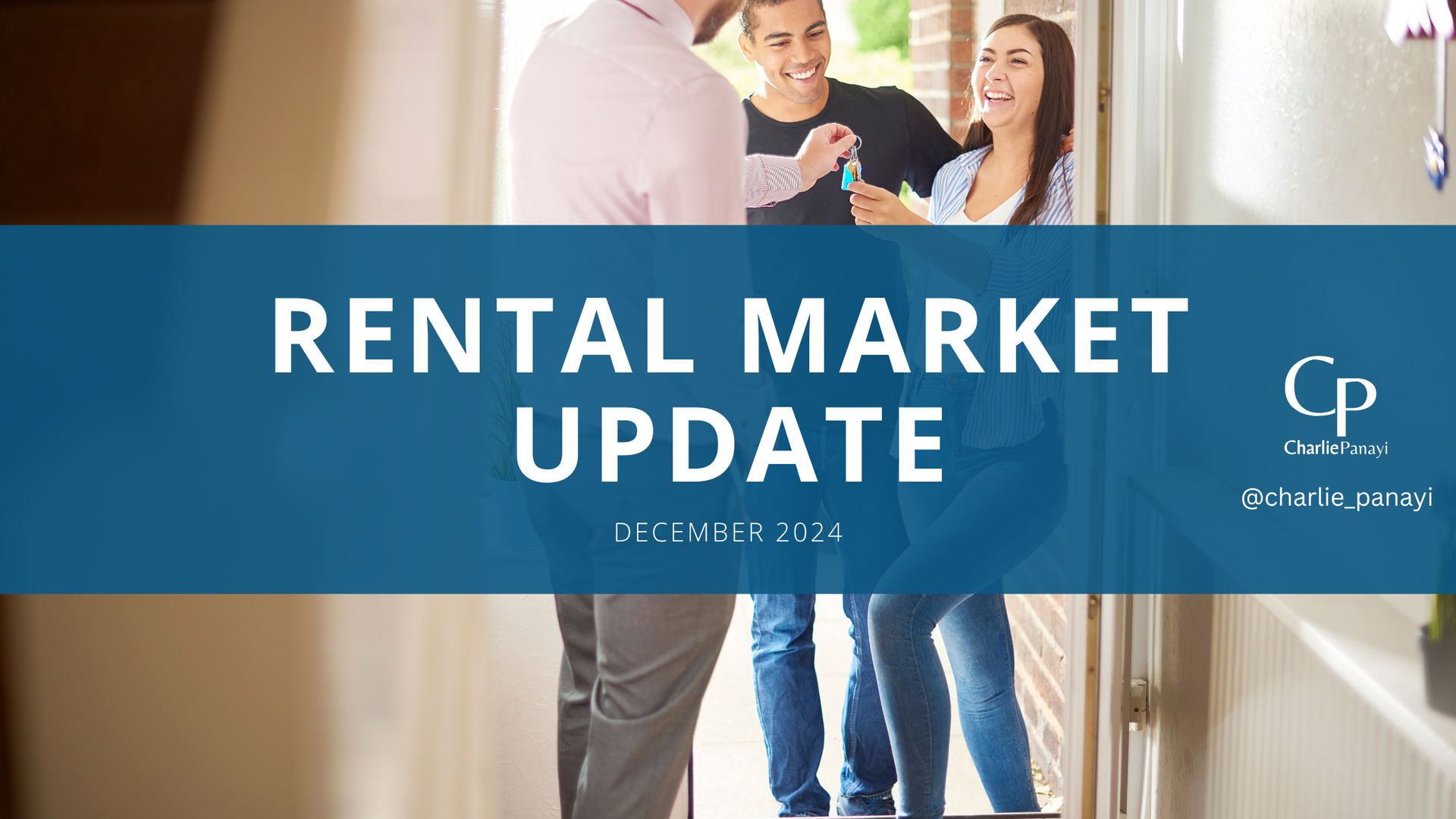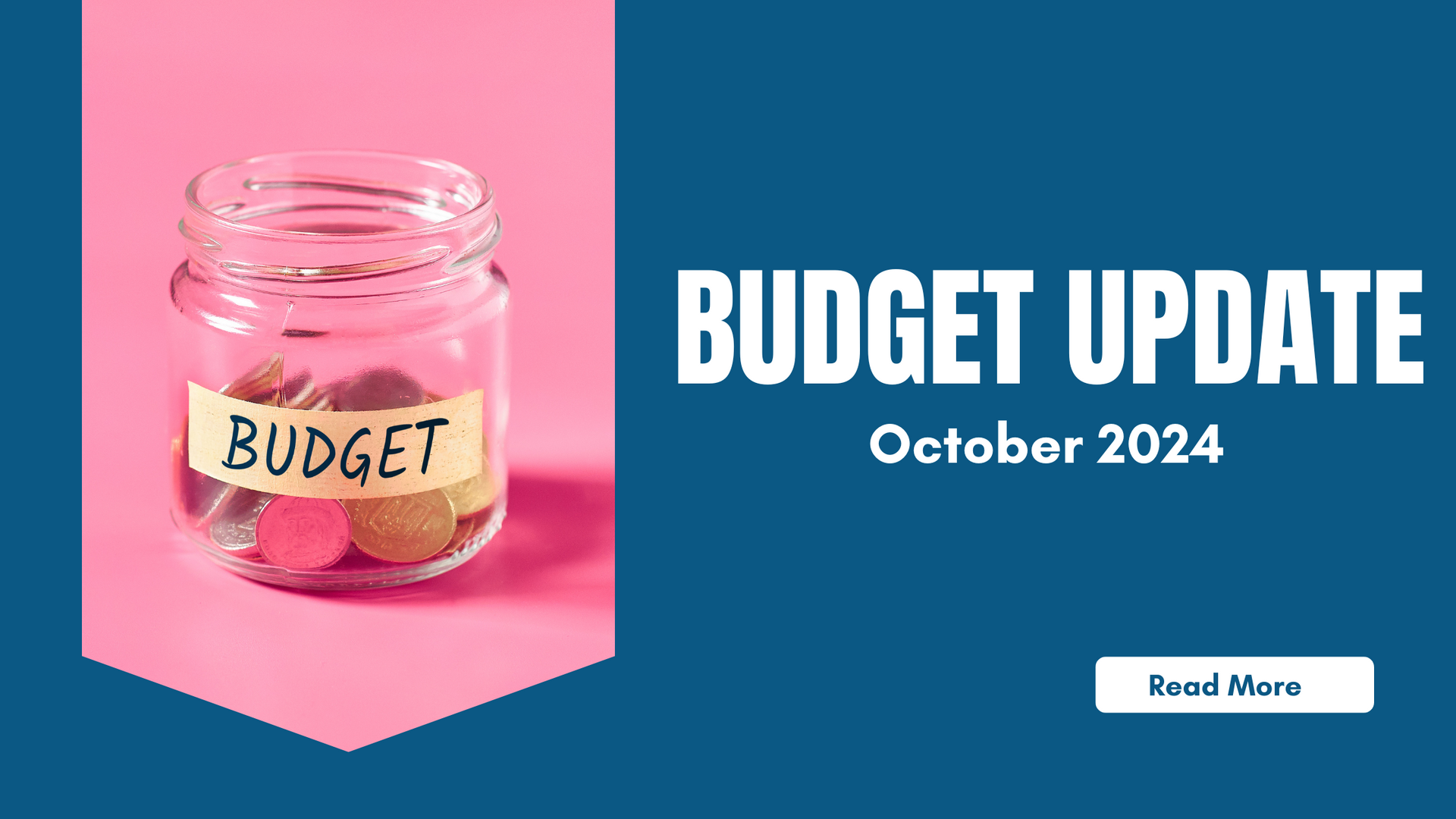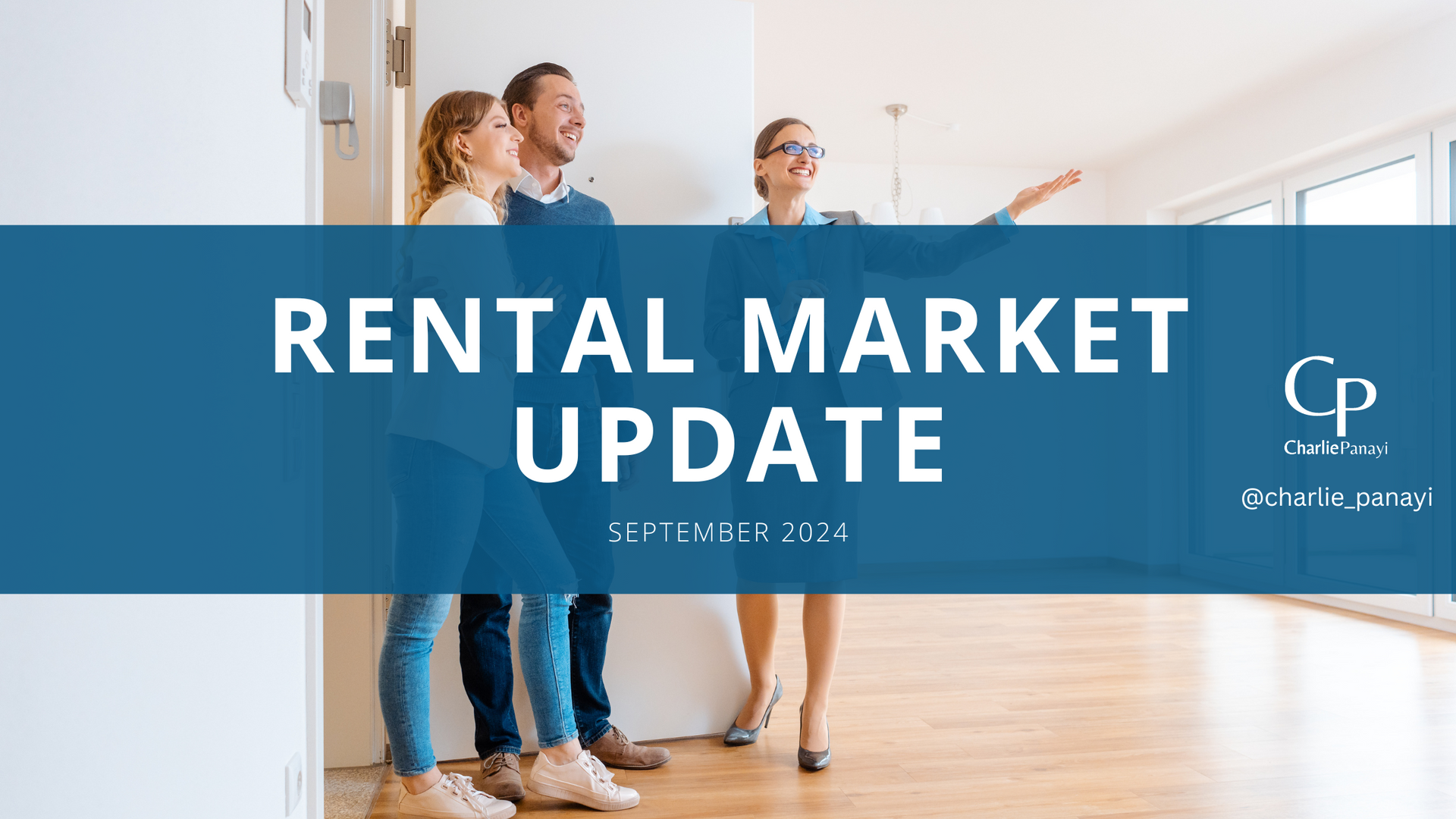Summary
• Property prices in UK fall 1.3% over the last 6 months
• Activity level is recovering stopping the speed of decrease
• Stronger growth in new sales brings more sellers into the market
• Biggest activity in London, Scotland and north east
• Weaker demand but sales hold up in Midlands and southern England
• Mortgage regulations have tempered the impact of higher mortgage rates on house prices.
• 11% proportion of homes on market were previously rentals
• 1.9% UK house price increase YOY
Drop in price over the last six months
Zoopla price index indicates a drop of 1.3% in the last six months, mainly due to the increased mortgage rates. However demand has recovered recently stalling the decline.
The annual rate of price inflation is 1.9%, down from 9.6% a year ago.
I would expect prices to remain relatively similar for the rest of the year, with mortgage rates stabilising and demand showing promise. However with the higher-than expected inflation rise, it is likely interest rates may rise, if they do this will of course have a knock on effect to mortgages, then onto property prices.
More sellers
Although demand is weaker, we are seeing nationally an increased in sellers due to confidence in the market. Over the last few weeks we have seen it 11% higher than the average for this period over the past 5 years. As many buyers are also selling, more sales boost the flow of new homes for sale which is 16% up on the 5-year average
Around 18% of homes on the market with Zoopla have had the pricing drop by 5%, or higher, compared to 28% in February. Typically sellers amend pricing 8 weeks after the initial listing, in my opinion this tends to be through bad advice from the agents valuing. Alternatively you could say sellers being more realistic in line with buyer demand.
Landlords parting ways
As some landlords are looking to balance their portfolios, with the increased in mortgage rates we have seen an influx of properties marketed that were previously rented, around 11% of the available proportion.
This does of course put increased pressure on the rental crisis in many parts of the UK, with not enough homes to rent.
Regional market conditions differ
Buyer demand continues to perform best in the north east of England, along with increased performance in London. Demand is above the national average in these regions and sales are more than 10% higher.
Where you will see in the South and Midlands, where we saw some of the highest price increases over the last 3 years, have seen a decline. This is mainly due to affordability reasons with the previously stated high values. This doesn’t mean there is no active buyers, as there is still above average sales being agreed, just at a slower rate.
Things are still selling
Although demand is weaker year-on-year and supply rising, there is no sign of a back-log of unsold properties building up. The number of homes listed for more than 90 days in most areas is in line with the 5- year average. This would suggest as long as sellers are realistic with pricing there is no need for a large price drop between now and the end of year.
Will we see a big price drop?
With the increased mortgage rates, historically would have meant house prices falling. However due to mortgage regulations in the way people are lent money, this has protected the housing market, meaning we are seeing less impact than we may have historically.
Anyone using a mortgage since 2015 has had to demonstrate they can afford 6.5-7% mortgage rates, even though people were only paying 1 or 2%. Therefore in theory the market was already running at higher rates before it happened, meaning less impact on those borrowing.
I would suggest this is one of the biggest reasons we have not seen as big an impact as predicted by main stream media, along with prolonged desire for house movers still wanting to find their new home since COVID-19 lock-downs.
Will mortgage rates increase?
Mortgage rates have moved back towards 4%. However the latest inflation numbers have increased the likelihood that we will see further increased rates by the Bank of England, which will likely mean an increase in mortgage rates.
With the increased housing activity over the last two months, it has proven that the 4% region of rates are generally affordable for new homebuyers. This is despite them being more than double 2021 rates, however as previously mentioned, this is due to mortgage standards already stress testing at the 6.5%-7% rate since 2015.
The more mortgage rates move above 5%, the greater the impact on buying power and the more house prices will come under downward pressure. Banks increasing their affordability tests further than the current levels for new borrowers will compound this pressure.











